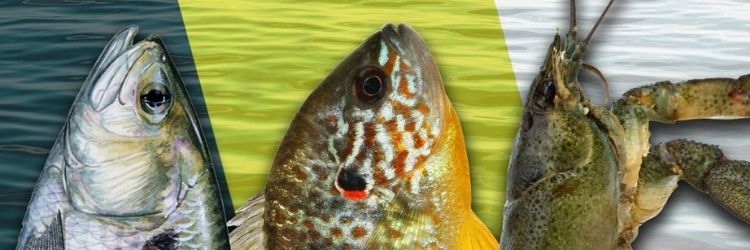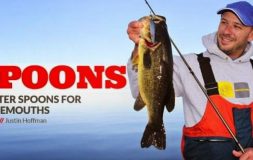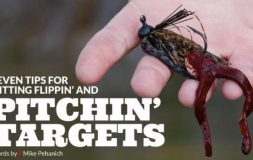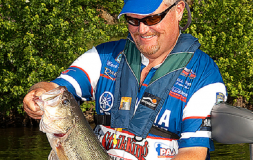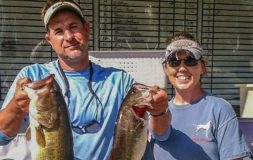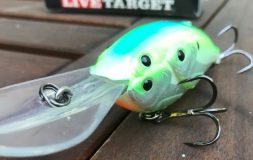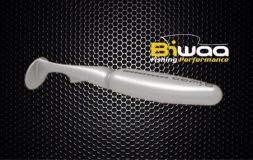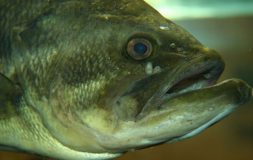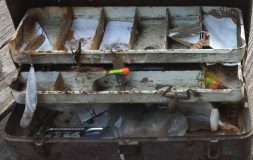Identifying the forage in your lake
Written by Andrew Schadegg
September is all about the top fall baits! Ask any knowledgeable angler and they will tell you that the fall is one of the best times of year to catch a ton of bass.
Why is it so good?
The bait fish and abundant forage. Lots of bait equal lots of bass. Do you know how to identify the primary forage in your lake?
SHAD
Across much of the country, shad are a major part of a bass’ menu. This is why so much time is spent talking about their migration patterns and why so many lures are designed to look like them. There are many different types of shad, but the two that are most important to bass fisherman are threadfin and gizzard shad.
Threadfin Shad
• Flourish in southern reservoirs and some midwestern waters
• Struggle to survive in water below 45 degrees
• Top out around 4-5 inches in length
• Abundant threadfin are a good barometer of healthy bass population
Gizzard Shad
• Found throughout the country in reservoirs and natural lakes
• Handle cold temperatures much better than threadfin shad
• Full grown gizzard shad can reach 16 inches
• Both types can have grey, white, purple or green coloration at different times
SUNFISH
Whether it is bluegill, pumpkinseed, green sunfish or rock bass, various types of sunfish are a key component to bass behavior and a big part of their diet. Though they don’t school up like shad in the fall, if you’re catching bass up shallow, there’s a good chance they are chasing sunfish.
• Spawn from April to Midsummer, where a female can lay up to 50,000 eggs
• Late summer/early fall schools of sunfish about the size of a postage stamp will be up shallow and are a primary bass forage
• After sunfish reach spawning size, they are no longer forage for any but the biggest bass in the lake
• Typically, if you’re in a lake with sunfish and you catch a fish in under 10 feet of water with a reaction bait, they are targeting sunfish of some kind
CRAWFISH
Shad and other baitfish get a lot of attention during the fall, but what many don’t know is that this the most intense mating season for crawfish. This makes them incredibly vulnerable. Revisit the areas you fished craw-style baits in the spring and you will find a bass goldmine in the fall.
• The fall mating period is made up of all the adult that are sexually mature
• If temperatures fall too quickly, it can shut off the spawn and make craws dormant
• Crawfish are light sensitive, so shallow water areas in direct sunlight will be more productive on cloudy or low-light days
• Craw colors will dramatically change throughout the year from green and orange hues to bright red


